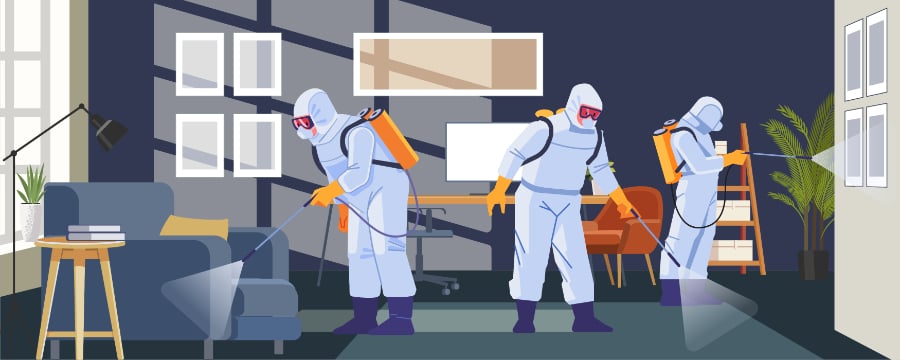
The post-COVID-19 office will be different. Many companies are already making plans to emerge from the COVID-19 lockdown and return to the office. With this guide, you have a roadmap that will allow you to effectively and successfully return to the office while putting into consideration social distancing and employee productivity.
1. Identify the Resources to be Protected
Life will not be the same when employees return to the office. Certain people, facilities, and resources have to be protected. A return-to-office transition team may be created to handle this. This team will identify the people that will have to be protected. For instance, the concept of the essential employee will have changed by the time the office resumes.
Hence, employees will have to be reclassified based on how essential their services are to the firm. An essential employee’s work will be essential to the business operation and their presence will be needed in the office. This will help in identifying those who could be afforded to work from home and those who have to be in the office, and how they can manage their office functions.
2. Assess the Workplace
It is essential to conduct a workplace survey to find out the performance of your employees while they have been working from home. This will help you to know if remote working is something you can integrate into your workplace. In addition, there may be a loss in momentum as employees are adjusting to the new workplace lifestyle. Hence, if a work-from-home engagement will produce the best return, then your company can find a way to augment work-from-home with office work.
3. Enforce Safety Protocols
Returning to the office post-COVID-19 requires adapting various forms of safety protocols. For example, your company can reduce the number of employees in the office at a time by enabling staggered work times/days. In addition, screening procedures for employees and visitors may include Infrared Fever Scan Systems (IFss).
Other ways to slow disease transmission include centralizing trash and recycling bins, enabling a no-touch option for doors, badge readers, and recycle bins. Virtual digital assistants may be used for enterprise applications.
In addition, companies can provide Personal Protective Equipment (PPE) for employees when they are returning to the office. PPEs may include face masks, gloves, and potentially goggles. These PPEs may also be made available to the employees to be used outside the office.
4. Use Advanced Systems to Handle the Office Return
There are advanced systems that you can use to navigate the work transition as well as regulate business operations in a Post-COVID work environment. Internet of Things devices can help with managing new visitors, enabling touch-less access control as well as body temperature detection.
5. Encourage Transparency
Productivity in the new office environment will depend on how the company handles transparency. The company should apply a people-first approach in all its business operations. Employees who feel safe will give their all in the workplace. In addition, employees should be encouraged to speak up and share what they are going through with a designated team.
Here are a few other articles you might enjoy:
6 Ways to Increase Connectivity in the Office
The Beginner’s Guide to Commercial Real Estate Terms
8 Common Pitfalls to Avoid in Commercial Real Estate
Don't forget to comment and subscribe!!








